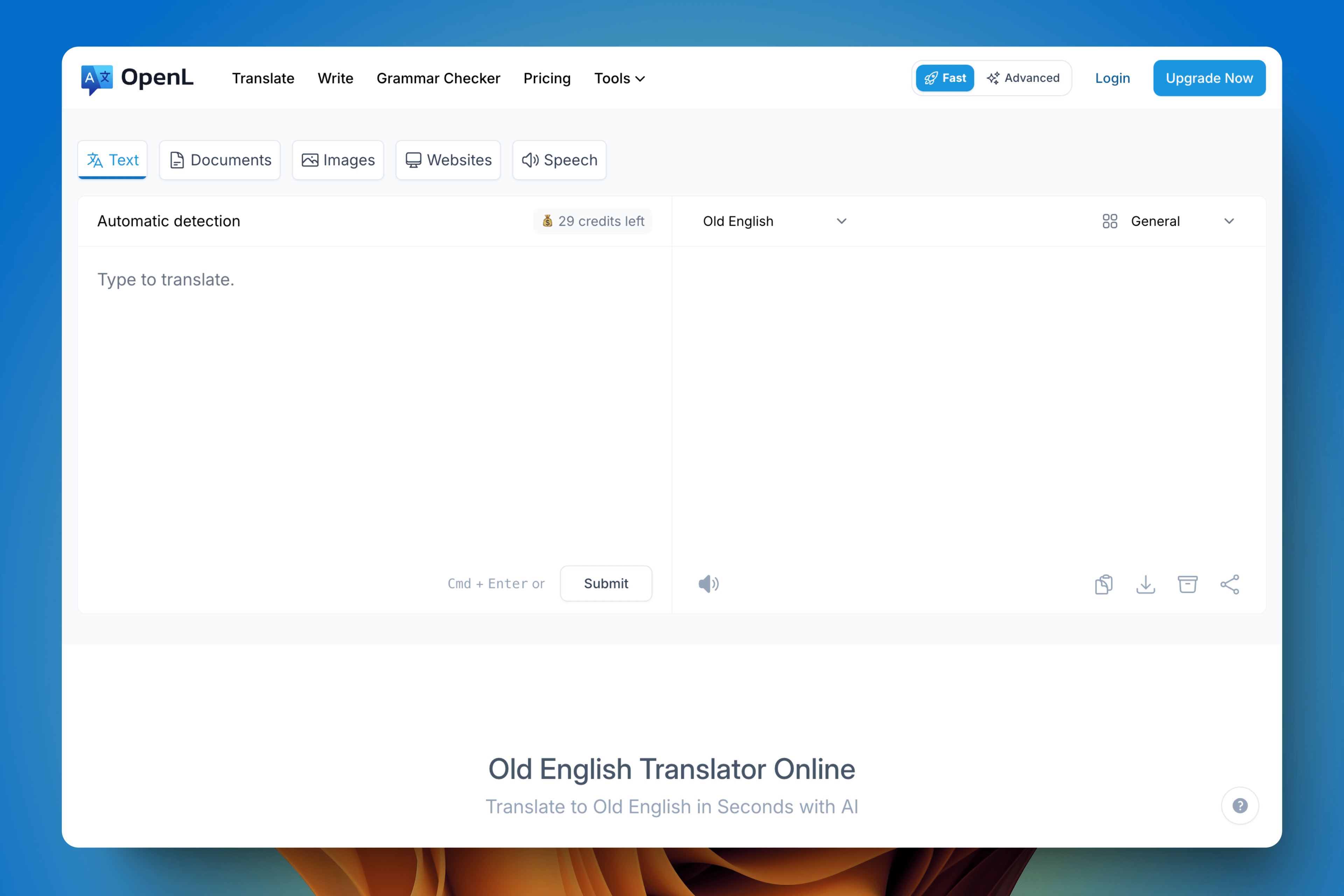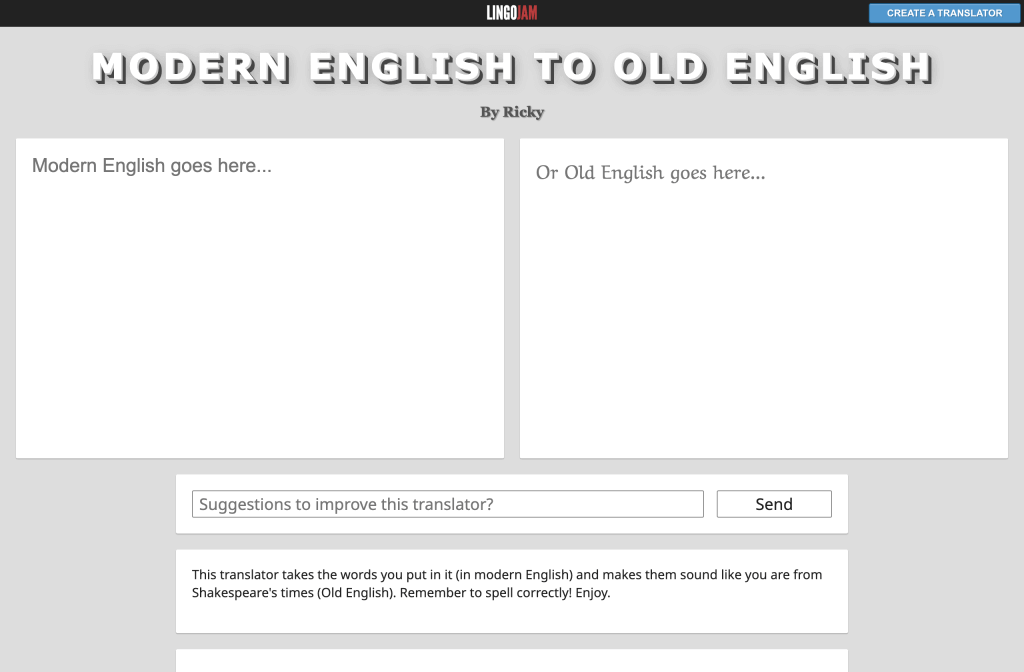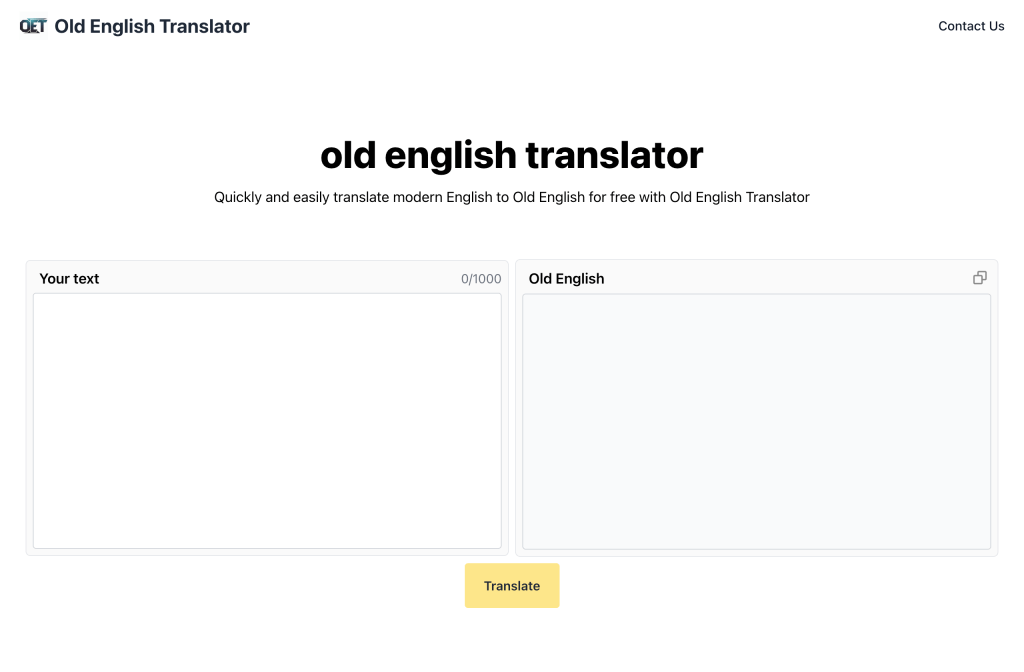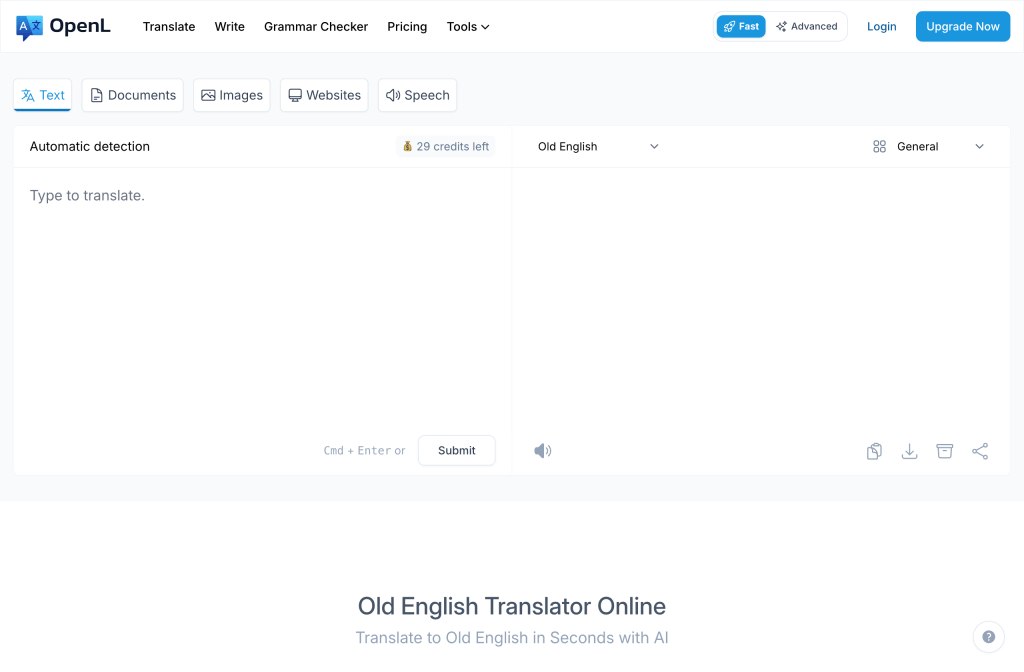How to Translate Old English

TABLE OF CONTENTS
Old English, or Anglo-Saxon, was spoken in parts of England and Scotland from the 5th to 11th century. It is a highly inflected language with complex grammar and a rich vocabulary, making it quite different from modern English. Understanding its grammar, historical context, and vocabulary is essential for translating Old English accurately.
Key Characteristics of Old English
Old English featured four main dialects and was influenced by Germanic, Latin, and Norse languages. It used unique characters like “þ” (thorn) and “ð” (eth), which differ from modern English letters 1. This makes translating Old English more challenging and interesting.
Basic Steps to Translate Old English
To translate Old English effectively, follow these steps:
-
Look Up Word Meanings: Use specialized dictionaries or online tools to find the root forms and variations of Old English words. For example, “ofþryccaþ” is a plural form of “ofþryccan” 2.
-
Understand Grammar Structures: Old English grammar differs significantly from modern English, with complex case systems for nouns and verb variations. Tools like LingoJam can help beginners understand these differences 3.
-
Consider Historical Context: Knowing the cultural and historical background helps interpret Old English texts accurately.
Best Old English Translators
Several online tools can assist with translating Old English quickly and accurately:
1. OpenL Translate
A versatile platform that offers high-precision translations between Old English and modern English, supporting multiple formats like text, documents, and images.
2. LingoJam

A simple, user-friendly tool that converts modern English to Old English, perfect for beginners.
3. Old English Translator

A free tool designed for quick translations from modern English to Old English, ideal for daily use and learning basics.
Translation Example
To use these tools, input a simple modern English word like “land” and see its various forms and meanings in Old English. These tools show different spellings and forms depending on grammatical cases.
Common Tips
-
Word Ambiguity: One modern English word may have multiple Old English equivalents, so always consider the context.
-
Unique Characters: Characters like “þ” and “ð” require special attention. Some tools provide fuzzy matching to find the correct forms.
Conclusion
Translating Old English is a fascinating way to explore the language’s evolution. Using the recommended tools, you can start your translation journey easily, whether you’re a researcher or a language enthusiast. Dive into these resources and discover the rich history of Old English!



